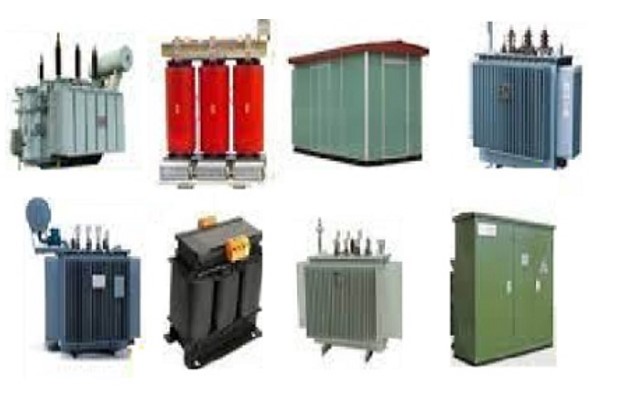What Type of E-MTB Should You Buy in 2023?
This article originally appeared on Outside
E-bikes have evolved rapidly over the last few years, morphing from ungainly (and in many cases unsightly) contraptions into much more refined electric machines. There’s still plenty of room for improvement, but it does seem like many of the initial issues, like limited battery capacity, awkward controls, and odd geometry, were figured out.
E-bikes remain a contentious topic, especially in North America, but I’m not going to delve too deeply into that here – just keep in mind that e-bikes aren’t allowed everywhere, and no matter where you’re riding it’s important to be a courteous trail user.
The purpose of this guide is to explain the difference between the various options on the market, and hopefully make it easier to decide which one makes the most sense for your riding style. Jumping into this world requires a substantial investment, even for the most budget-oriented models, which makes gathering as much information and trying as many options as you can before making a purchase even more important.
Of course, there’s also always the option of buying a regular, non-motorized mountain bike–going that route is much less expensive, and you won’t ever need to worry about your battery dying in the middle of a ride. For riders interested in going down that path, we’ve put together a helpful guide to help explain the various options.
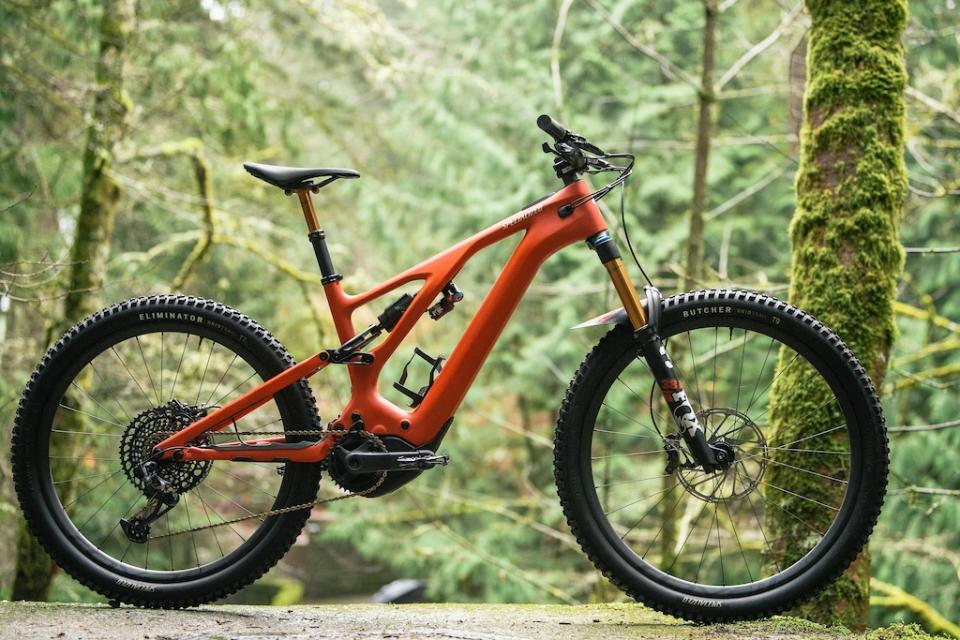
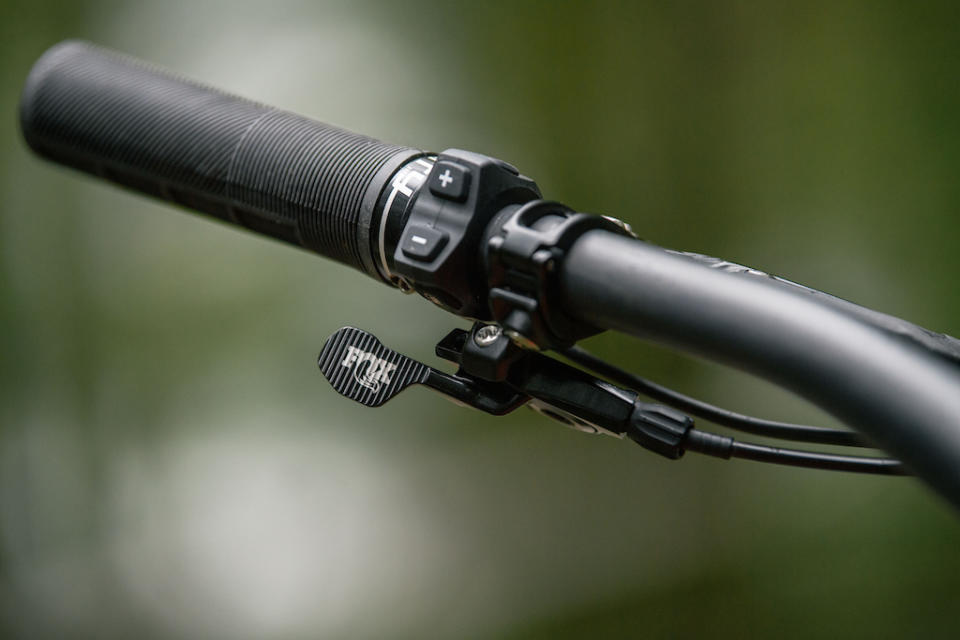
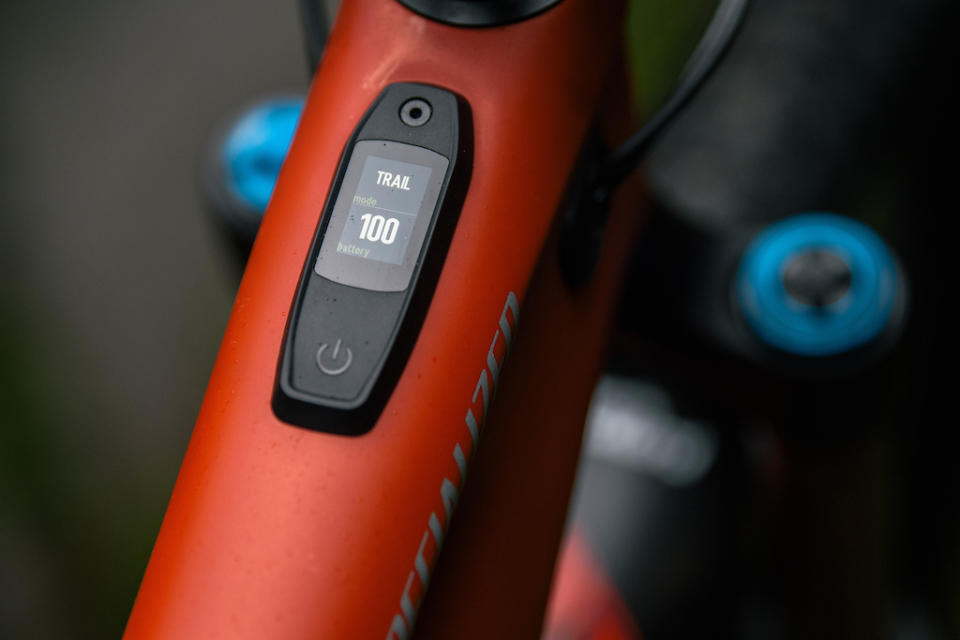
Let’s start with the absolute basics–what exactly is an e-mountain bike? At its core, it’s a mountain bike with an electric motor that provides pedaling assistance, and a battery to run the motor.
There are three different classes of e-bike, but we’re only focusing on Class 1 bikes, ones without a throttle and which only output power if the rider is pedaling. These bikes are also limited to 20 miles per hour; you can certainly go faster than that, but the motor won’t be providing any help above that speed.
Battery Capacity: Battery capacity is measured in watt hours (Wh), and varies depending on the type of bike, ranging from around 320 Wh all the way up to 1,000 Wh. The greater the capacity, the longer the range, although those bigger batteries do come with a weight penalty.
Torque: Torque refers to how much assistance the bike will provide when you’re pushing on the pedals. (There’s more to it than that, but that’s the extra-simplified version). A bike with a motor that provides more torque will require the rider to exert less force on the pedals when climbing a steep hill compared to one with lower torque. Mid-power eMTBs typically have motors with 35-60 Nm of torque, while the motors on full-power e-mountain bike’s put out 85 -100 Nm of torque.
Types of Electric Mountain Bikes
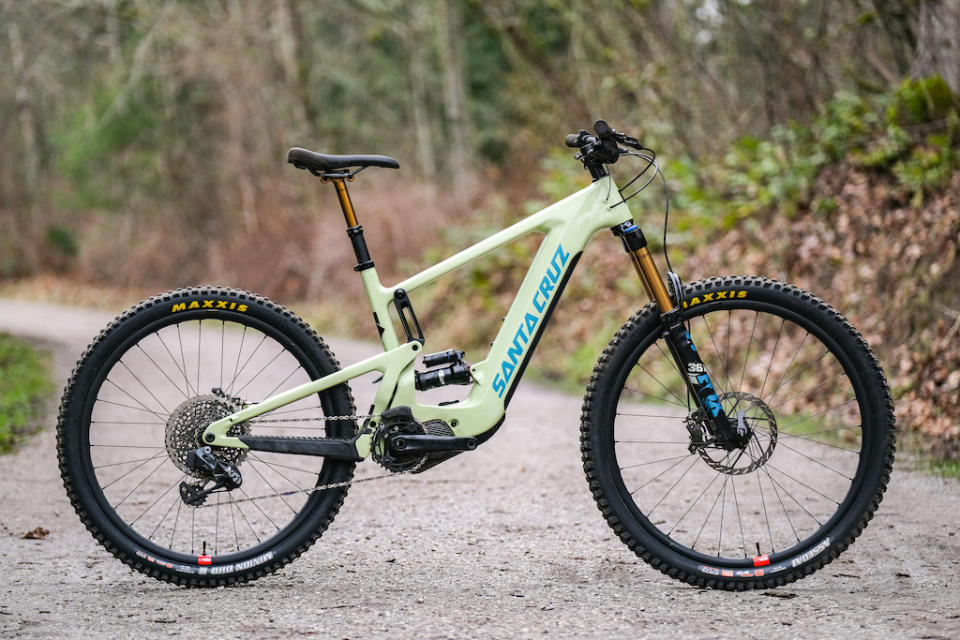
Full Power E-Mountain Bike
Full power e-mountain bikes have the most powerful motors and largest batteries. As a result, they also have the highest overall weights, typically in the neighborhood of 50 pounds.
All of that power makes it possible to climb up features that would be impossible on a regular bike, which can lead to an entirely different riding experience. This style of bike is great for spinning up fireroads to get to a rowdy descent, but they’re also a blast when it comes to getting up technical climbs.
The overall ride experience is different than regular mountain biking–bunnyhopping and making quick maneuvers is more difficult due to the higher weight (lifting the bike up onto a bike rack can be challenging too), but the flipside is that this style of e-mountain bike feels the most stable, especially while cornering.
The bigger batteries also allow for a longer run time at full power, increasing the distance that you can travel at the highest level of assistance.
Price range: $5,000 – $12,000+ USD. Just like with non-motorized bikes, there’s a wide range of price points that are determined by the frame material (aluminum is slightly heavier than carbon fiber, but it’s also much less expensive), and by the component kit.
Examples: Specialized Levo, Trek Rail, Yeti 160E
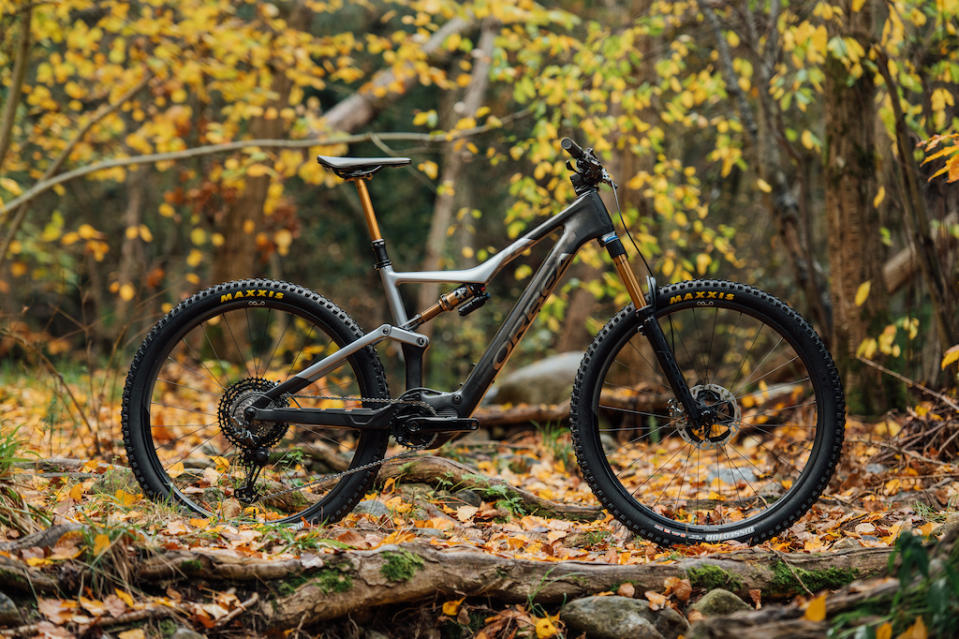
Mid-Power E-Mountain Bike
The mid-power category has grown rapidly over the last couple of years, thanks to improved battery technology and new motors that make it possible to create bikes that weigh around 40 pounds. The ten-pound weight difference between these bikes and their full-powered counterparts is very noticeable, and riding one feels much more like a regular bike when descending.
The typical power output ranges from 35 Nm to 60 Nm, depending on the motor, which means this style of bike doesn’t surge up the hill the same way the full-power options can. Their assistance is still noticeable, it’s just more subtle, closer to a gentle yet steady push rather than a hard shove.
In order to keep the total weight down, the standard battery capacity of a mid-power e-mountain bike is typically somewhere around 350 Wh, which does limit the maximum range compared to the bigger bikes. Several of the available models do offer the option of a range extender, an external battery that can be slid into the water bottle cage to eke out even more run time.
Price range: $5,000 – $12,000+ USD. There isn’t really a huge price difference between going the full-power or mid-power eMTB route. The motor outputs are different, but the frame materials and component costs are similar.
Examples: Orbea Rise, Trek Fuel EX-e, Scott Lumen
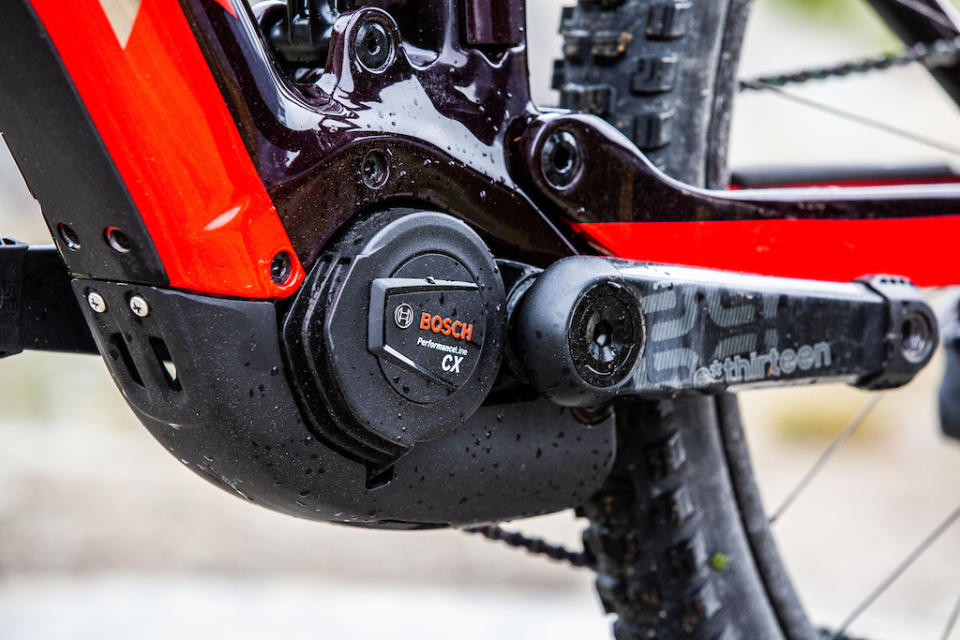
Questions to Ask When Shopping for an E-Mountain Bike
What Are Your Friends Riding?
Unless all of your rides are going to be solitary affairs, it’s a good idea to consider what your style of e-mountain bike your closest riding buddies are on. It turns out full-power and mid-power bikes don’t mix that well in a group setting–the riders with more power will constantly need to wait for the mid-power riders, or at the very least drop down into a mode that offers less assistance.
It’s obviously not the end of the world, but if you end up with the same style of e-mountain bike as your closest partners, it’ll make ride logistics a whole lot easier.
What Type of Ride Experience Are You Looking for?
Do you want a bike that can act as a replacement for a shuttle vehicle, one that makes it possible to knock out the most vertical in the shortest amount of time? The full power route is the way to go.
If you’re looking for something that’s easier to handle, the mid-powered e-mountain bike is a more mild-mannered option that can still knock out a solid amount of climbing in a short amount of time.
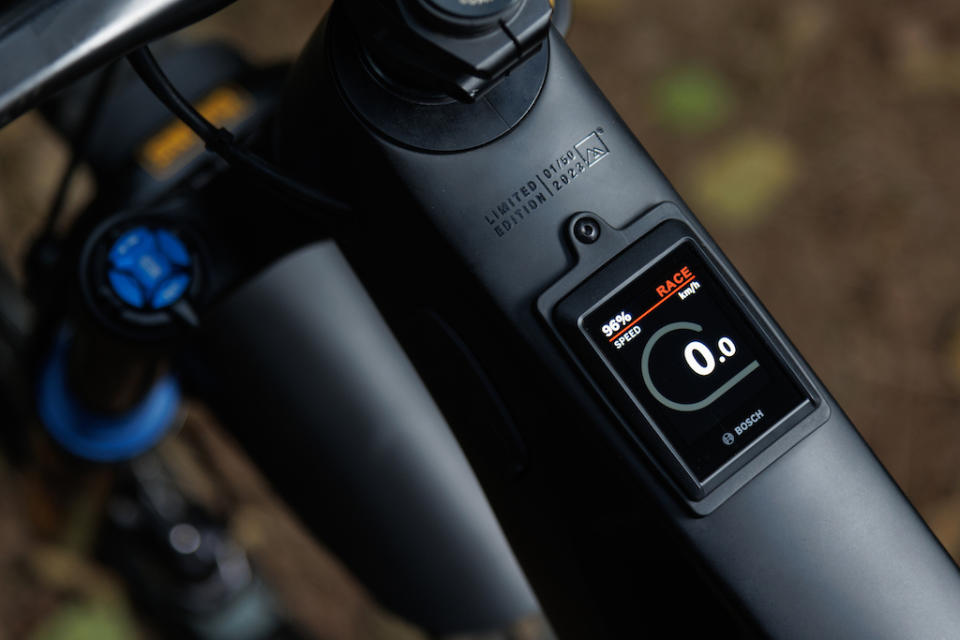
Features to Keep in Mind
Battery Size
Bigger is better, up to a point. These days, batteries in the 700-750 Wh range seem to sit in the sweet spot for full-power e-mountain bikes, giving riders the ability to get out on long, multi-hour rides without incurring as much of a weight penalty as the 900 Wh options.
Cockpit Controls
There are a wide variety of cockpit displays–some that look like they’d be better suited to the inside of a spaceship, and others that are much more minimalist. Personally, I like the smaller, less obtrusive options–Specialized does a good job integrating their display into the top tube, as does Crestline using Bosch’s Kiox display.
Key Components
On an e-mountain bike, powerful brakes and tough tires should take top priority. Splurging for an extra fancy shock isn’t typically worth it, at least in my experience– the extra weight of an e-bike can make middle-of-the-road suspension feel excellent. Going with an aluminum frame will save money at the cost of additional weight, although there’s a motor to take off some of the sting.
Maintenance
Unfortunately, e-bike motors aren’t that easy to service at home. When something goes wrong, it’s typically time for a visit to a bike shop, so it’s not a bad idea to consider what type of dealer network is available for the motor in the bike you’re looking at.
Every spring there is an influx of riders keen to get into mountain biking, and at Pinkbike and Outside, we know that these newcomers are often overwhelmed with information and opinions. So, we’re launching a seven-part series called MTB Explained, where we help new riders navigate some of the basics of our sport. If you’re new, welcome to the best damn sport in the world, and if you’re a long-time rider let’s welcome these folks to the club.
For exclusive access to all of our fitness, gear, adventure, and travel stories, plus discounts on trips, events, and gear, sign up for Outside+ today.

